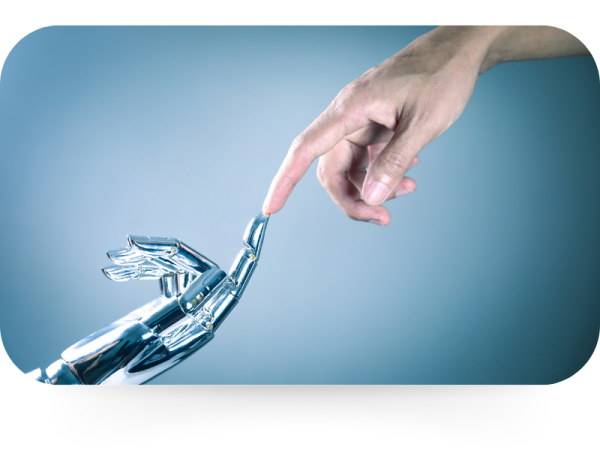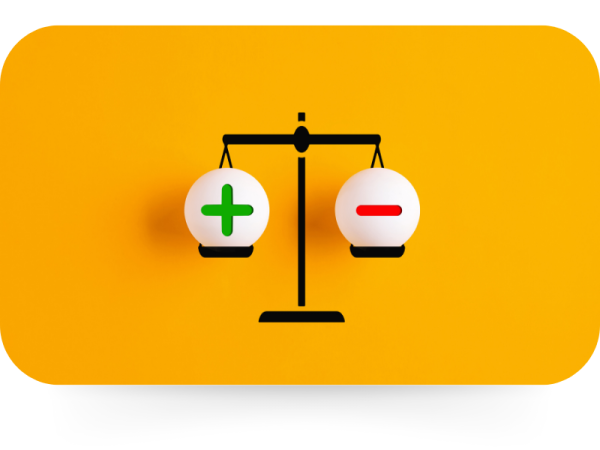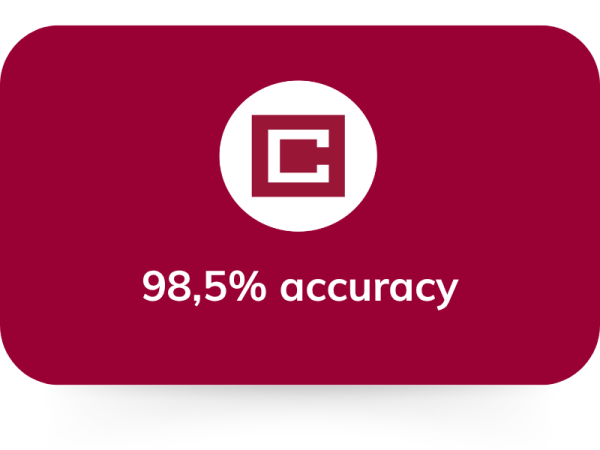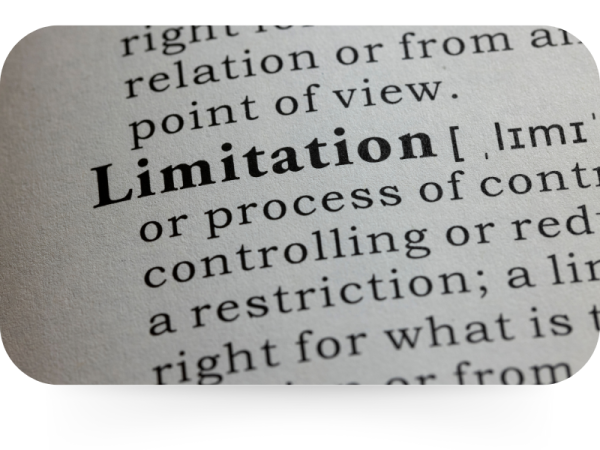With the rise of generative AI tools like ChatGPT, Gemini or Jasper, concerns have appeared. They have reshaped how we write, learn, and assess information.
In education, this shift raises a key question about how to maintain academic integrity with AI.
Some colleges and universities once considered banning the use of AI. But today, most are moving towards a more practical and thoughtful goal: helping students use AI ethically while ensuring fair assessment.
AI content detection has emerged to identify if a text is human-written or AI-generated. But, are AI detectors accurate?
This article explores how AI detectors work, their power and limitations, and how Compilatio’s AI detection tools contribute to a fairer, more informed use of AI in education.
Summary:












